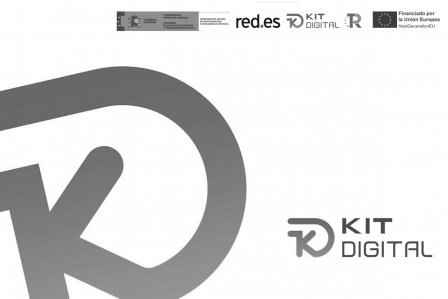
Buyer persona, the main character of industrial B2B marketing
It’s easy to sum it up as the ideal customer of your B2B industrial company. But a buyer persona is much more than that, because it is a detailed profile that gathers all the information about their work context, objectives, pain points, etc.
In short, the buyer persona covers the psychodemographic and professional characteristics in depth. It differs from the target, because the target is a group of desired customers grouped by sector, turnover, products... and does not have an individual identity.
What is the buyer persona used for in B2B marketing strategies?
The buyer persona allows you to offer a personalised marketing strategy aimed to overcome the specific reticences of the people who actually make the purchasing decisions in industrial companies. The more you know about them, the easier it will be to connect with their needs, using the most appropriate product and marketing approach in each case.
Having a well-defined buyer persona is essential in B2B marketing, especially if you apply Inbound Marketing strategies. Because the buyer persona allows you to transform industrial communications into personal communications that take into account the specific needs of each individual customer and prospect.
For the sales department, a good buyer persona helps them to better prioritise business contacts, as they can more easily identify which prospects are most likely to become the most profitable customers.
The buyer persona helps to fine-tune your value proposition to cover all the main pain points. For example: “We offer you a machine that avoids unplanned production stops, works 10% faster and costs 20% less. In addition, we train your workforce to speed up the process of adapting to a new technology".
How to create your B2B buyer persona
To build a well-defined buyer persona it is necessary to carry out in-depth research, which may include focus groups, interviews with prospects, cooperation with the commercial area, etc.
At BCM Marketing we propose that you create your buyer persona based on your prospects and reference customers: those who have the characteristics you would like your future customers to have. To do this, start by interviewing your best customers, those who are most profitable for your business and who best adapt to your methodology and philosophy.
Your questions should be aimed at unravelling everything related to the buyer journey:
- What is their job and what are their objectives. Do they have people under them? Who do they report to? What is their typical day like? What problems and challenges do they face? The products and services they buy will depend both on the tasks they need to solve and the reluctance they may encounter within their own organisation.
- How long have they been in the job. Because you will probably not be able to offer disruptive innovations to buyers who are about to retire.
- What languages they speak.
- What is their digital behaviour. Are they sensitive to digital marketing? Do they seek out professional information online?
- What is their buying process like. Do they have the final say in the buying decision?
- How often do they attend trade fairs or events?
- Also, get feedback on their level of satisfaction with your service or product and ask them for suggestions for improvement.
These interviews can be by telephone or videoconference. But it is always important to give each one of them the importance they deserve. Communicate this to your chosen customers, letting them know how valuable their testimony is to you.
Also talk to the sales team about the profile of current customers who bring the most benefit to the company in terms of revenue and overall satisfaction. Remember that they are the ones who interact daily with the customers.
Capture your buyer persona in a file
The answers from all the individual interviews should be gathered in a single document in which you organise the information collected and detect the most relevant and recurring data.
Then you can create a buyer persona file that includes a fictitious image and the most relevant but detailed information you have been able to collect about your ideal customer.
Remember that your company can have as many buyer personas as necessary. And a buyer persona does not remain unchanged forever. You’ll have to revise it from time to time to add new data or remove some details that may become irrelevant with the evolution of the products, the market, the customers...
And don't forget to share your buyer personas with the entire organisation, but especially with the marketing, sales and management staff. To get the most out of the buyer persona it is advisable to introduce this new field in the customer records of your CRM. This way you will know which of your customers can be clearly identified with each of the buyer personas.











